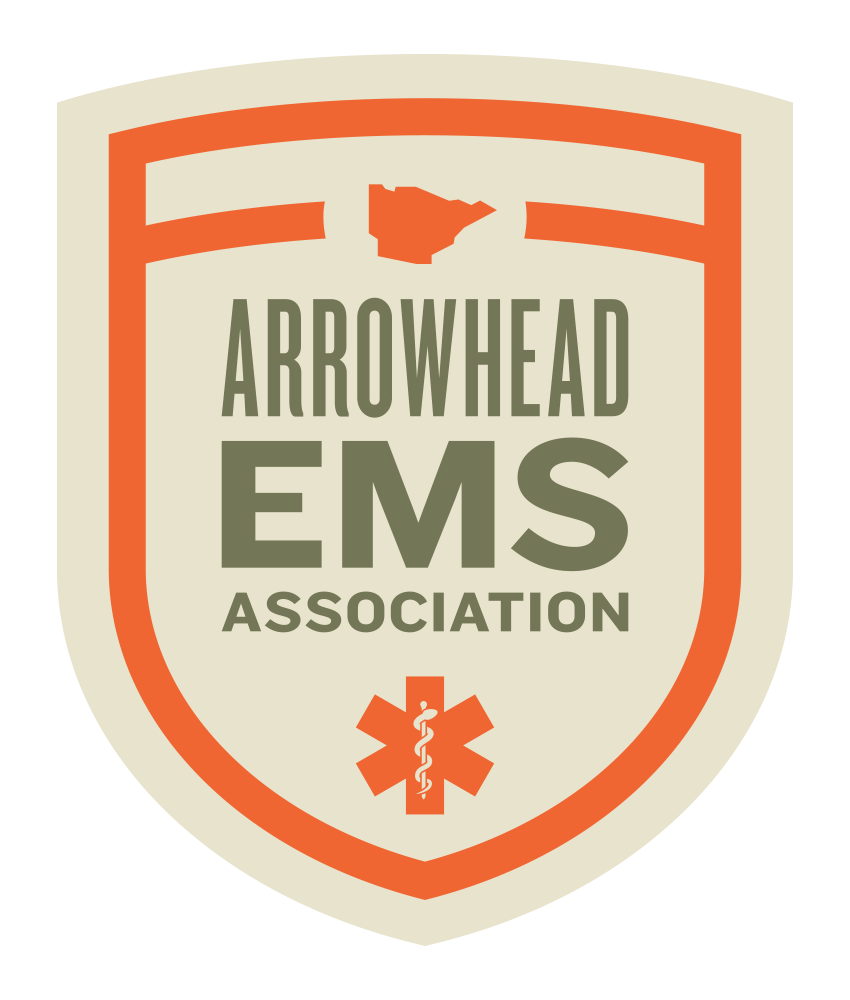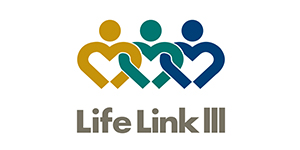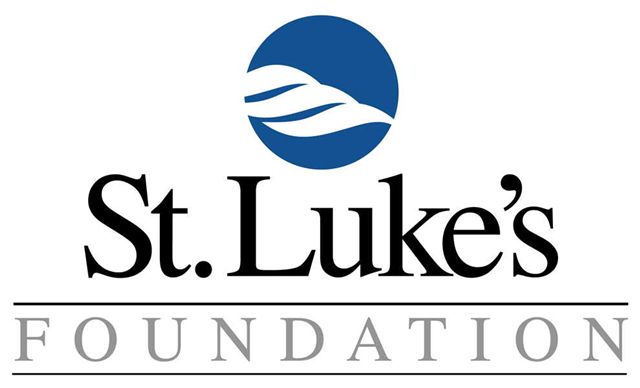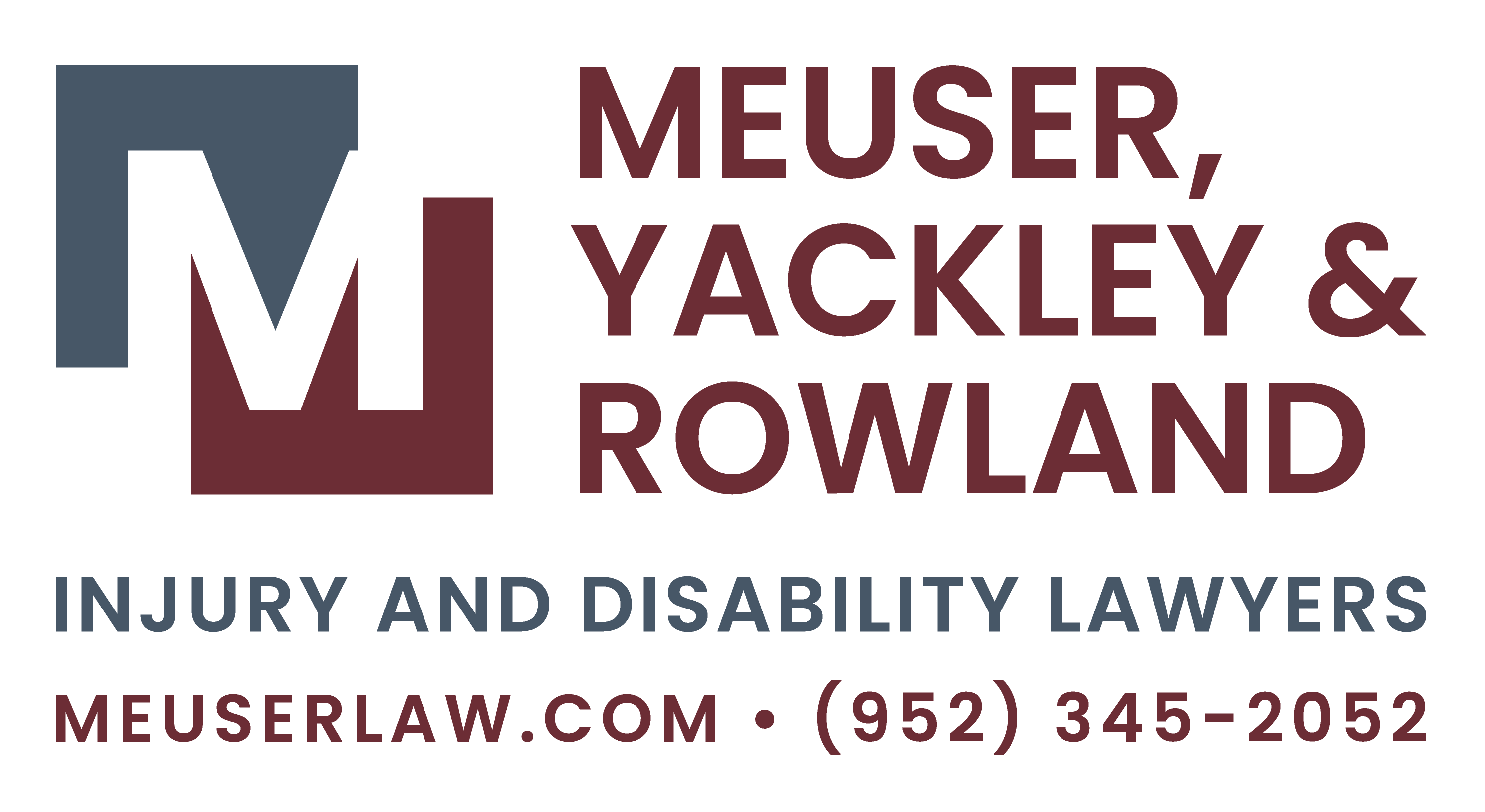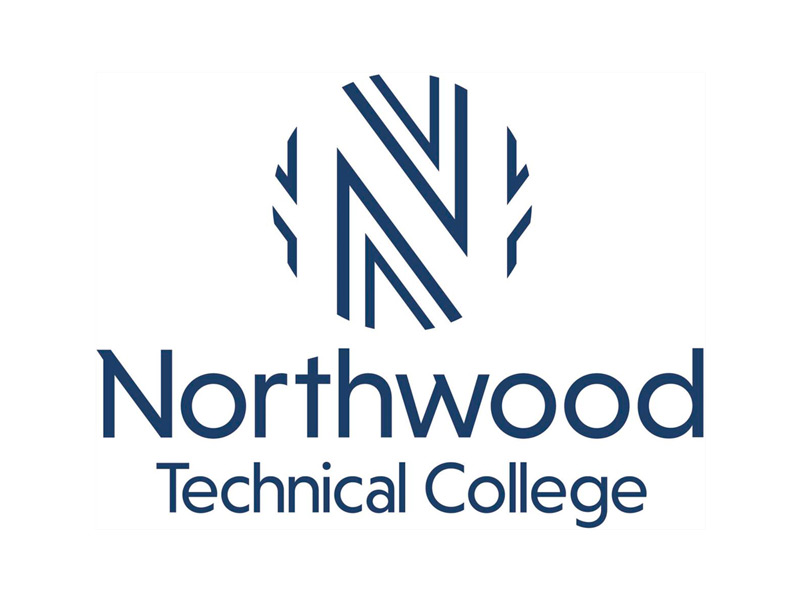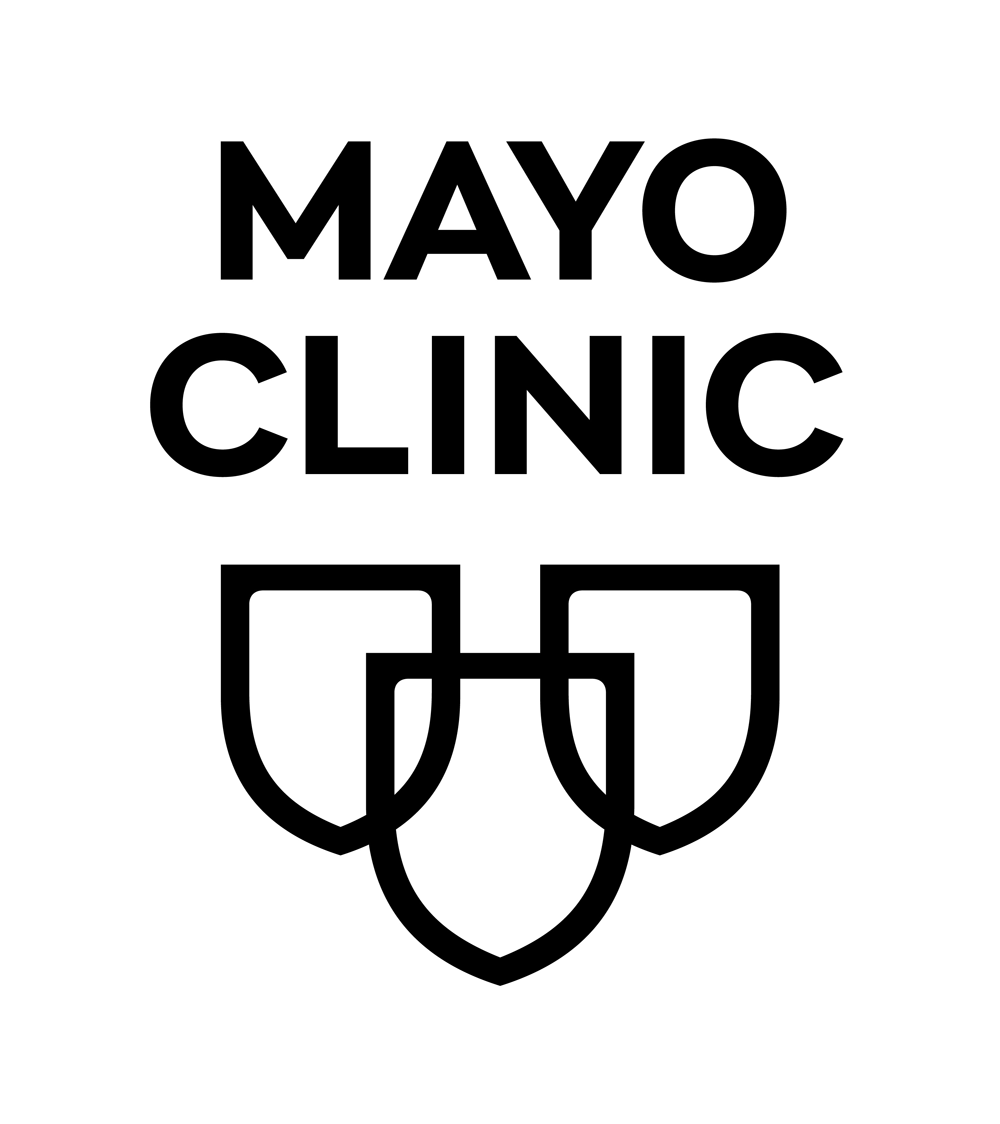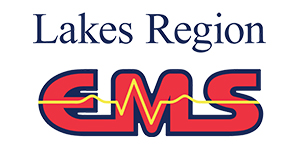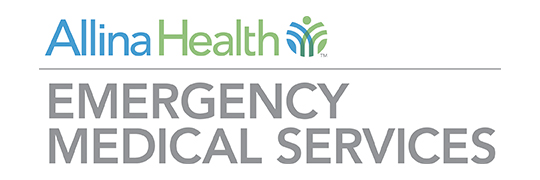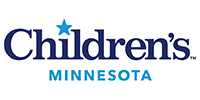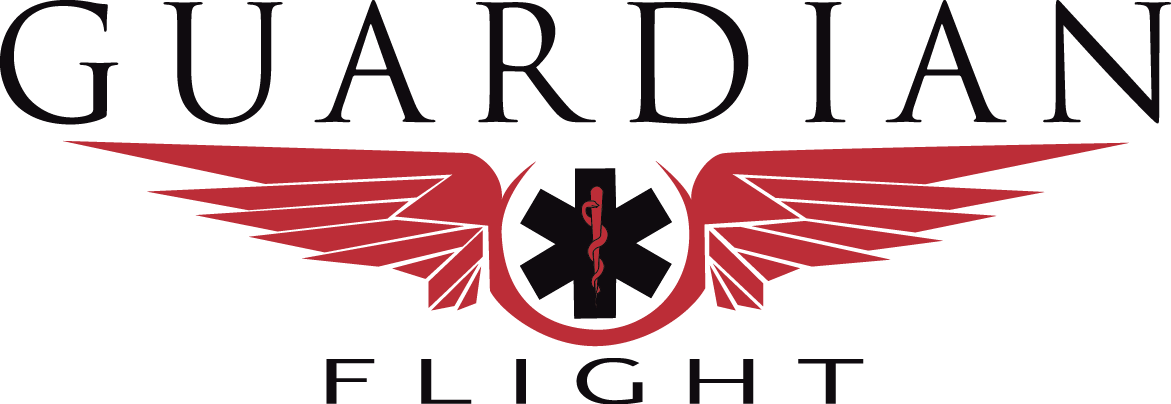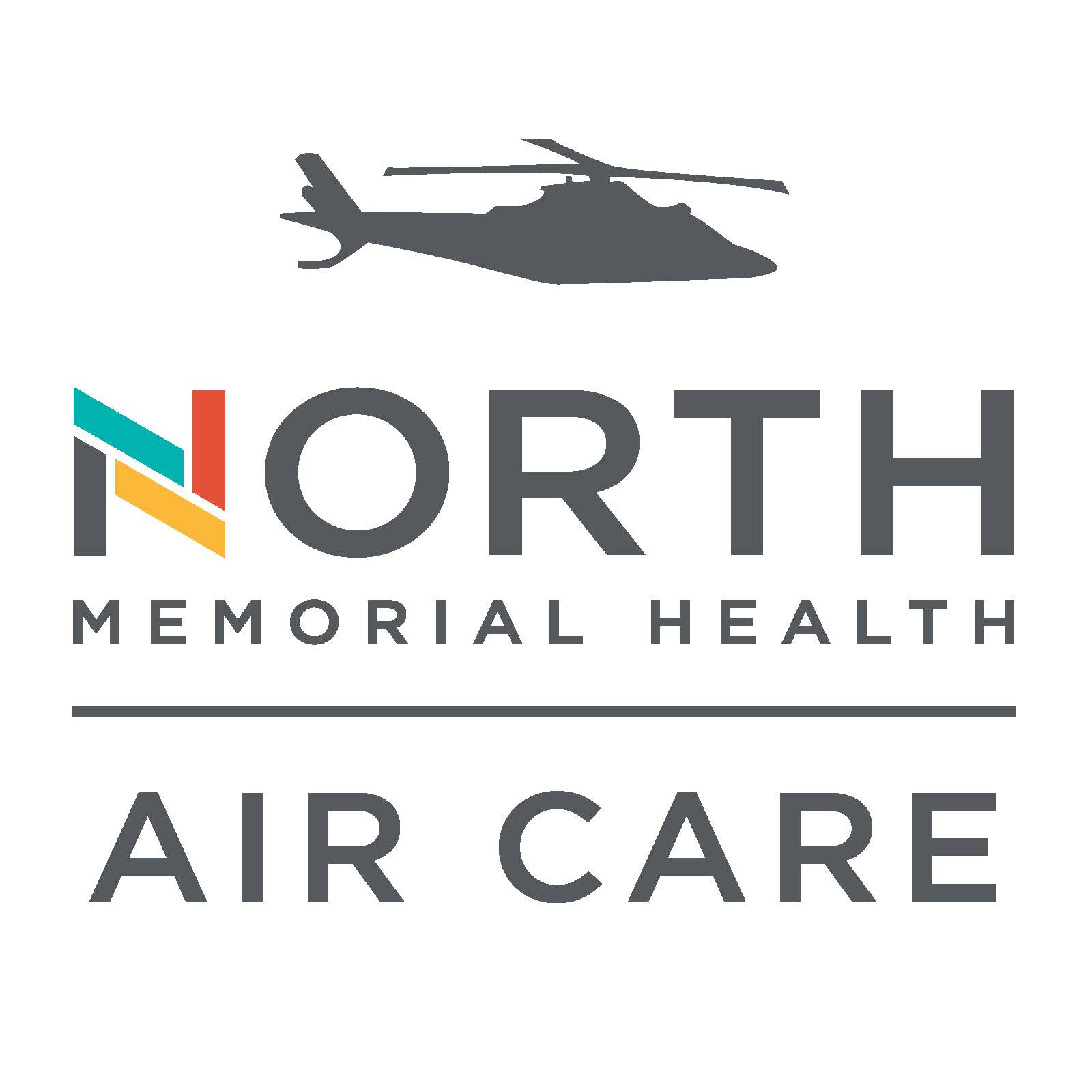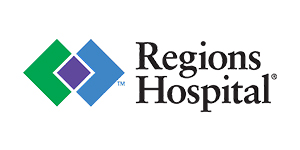
2026 Schedule & Agenda
Conference Information
We are looking forward to putting together a fabulous lineup of sessions for our attendees for the 2026 conference. The AEMSA Conference Planning Committee has started working diligently to provide you an opportunity to engage with industry experts from all parts of the nation. Please come visit the site again soon with updates on our speaker and presentation selections.
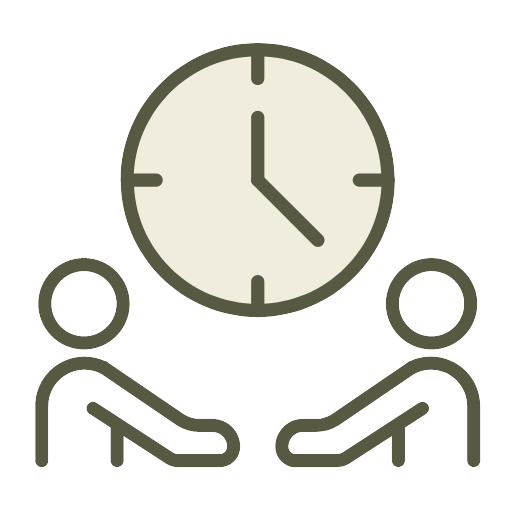
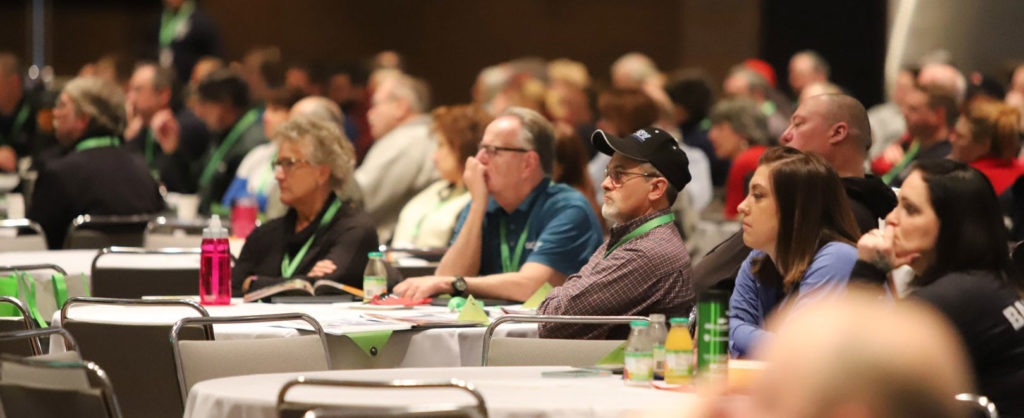
Mark Your Calendars!
The 45th Annual Arrowhead EMS Conference and Expo is coming soon on January 21st through the 25th 2026. Get ready for insightful discussions, networking opportunities with industry leaders, and exciting presentations from top experts.
Stay tuned for registration details – you won’t want to miss it!
PAST PROGRAMS
2025 Full Schedule
Wednesday, January 15, 2025
EMT Refresher (Session 1)
Financial Leadership for EMS-Presented by SafeTech Solutions - EMS Leadership & Supervisor Academies
Self-Defense for EMS Personnel Class #1
Thursday, January 16, 2025
EMS Officers Bootcamp: Managing the Employee Relationship
EMT Refresher (Session 2)
Railroad Emergency Response and Hazardous Materials Awareness Training (Session 1)
Self-Defense for EMS Personnel Class #2
Human Anatomy Lab #1
Leading Others and Ourselves: A Safetech Leadership Academy Refresher
Railroad Emergency Response and Hazardous Materials Awareness Training (Session 2)
Human Anatomy Lab #2
Friday, January 17, 2025
Conference Welcome
EMS System Design: Regression or Evolution?
Keynote Placeholder
Airway Anatomy Lab #1
Expo
Now that you have the job, get into the job!
Prehospital Workplace Violence: Rethinking Scene Safety
STEMI is Still a Big Deal! ...We Need to Stay Focused!
The New Monsters & Sheep of Pediatric Poisoning
Top 10 things for rural providers to know about Burn Injuries
Double Sequential Defibrillation
How The Bleep Did That Happen? Highway Safety for Emergency Responders
It's Time to Talk to Prehospital Clinicians: Improving Patient Follow-Up and Feedback to EMS
The Disaster March: SALT Mass Casualty Triage
Understanding Alzheimer's and Dementia: Best Practices for Interactions
Lunch
2025 EMS Transformation Update – What’s Promising? What’s Threatening?
Airway Anatomy Lab #2
MCI & Terrorist Incidents
Out-of-Hospital-Cardiac-Arrest(OHCA)- equitable access to modern resuscitation science
Peds Toxicology: One Pill Can Kill
The Pregnant Trauma Patient in Extremis- What to Know for the Prehospital Provider
BLS Crash Course Cardiology
Bizarre and Unusual Clinical Case Studies 2025
Filling in the Gaps of the American Trauma System
What Does the OSHA Proposed Emergency Response Rule Mean for EMS Providers
Wound Ballistics
Social Hour: Presented by SafeTech and Savvik
Saturday, January 18, 2025
Welcome & Opening Remarks
Meeting Your Neighbors One Siren at a Time
Meeting Your Neighbors One Siren at a Time.
Expo
Hands On Approach to Patient Care
Beyond the Call: Enhancing EMS Care for Neurodivergent Patients
Bizarre and Unusual Clinical Case Studies 2025
Compensation Programs for Volunteers
That’s the Stuff Nightmares are Made of: Lessons Learned from Challenging Airway Cases
Chest Trauma: Evaluation & Management from Pre-hospital to Hospital
Navigating the Perfect Storm in EMS
Suffering in Silence: One Paramedic's Journey Through Post-Traumatic Treatment
Technology & Social Media in an EMS Workplace
Lunch
Elder Abuse 101: Education, Prevention & Resources
Not just squiggly lines: ECG overview for BLS providers
Pharmacology and Overdose
Sepsis/Diabetic Foot and Lower Extremity Infections. How to Identify and Manage in the Pre Hospital Setting
Deliberate Practice
EMS Under Pressure: Combating Toxic Culture
Law Enforcement and EMS
OB Emergency
Blood Goes Round and Round...
Critical Factors: Establishing EMS Command For Escalating Incidents
Toward Zero Deaths: The Critical Role of EMS in Post-Crash Care
You can't do that! Keep your cool and stay in the game.
Sunday, January 19, 2025
